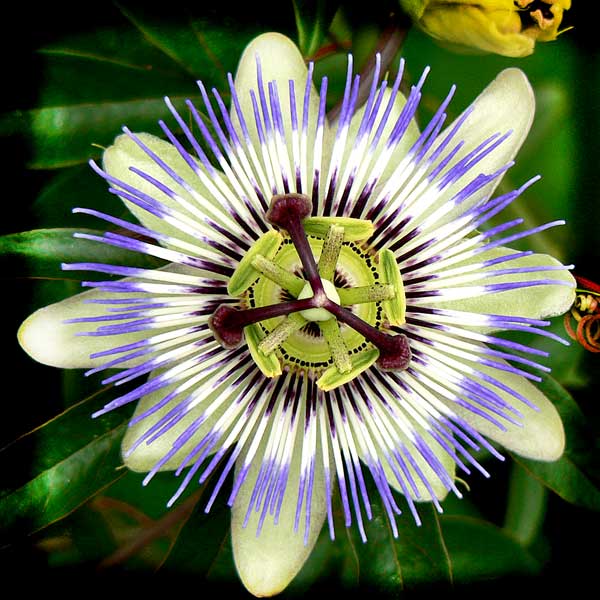
Seaweeds are one of the best foods to keep stocked in your pantry. Not only are they incredibly shelf-stable, but they add complex flavors to many kinds of meals, including soups, savory breakfasts, and stir-fries. Their nutrient density, however, is really where they shine. Seaweed is packed with necessary vitamins and minerals. In fact, they contain almost all of the essential amino acids, minerals, and trace elements the human body needs.
Working with seaweed is simple as it doesn't require a lot of processing or special steps to make it bioavailable. However, it is important to know that not all seaweeds are "created" equally. Different species offer different flavor profiles and varying nutritional value. With this in mind, I decided to write the guide to seaweed; something I wish I had when I was first starting to incorporate it into my diet. Learning more about seaweed can help you choose the ones that best fit your nutritional goals and flavor palate.

What Do the Colors of Seaweed Tell Us?
The colors of seaweed indicate how deep that particular species lives in the ocean. The darker the color, the deeper they can be found in the water. Makes sense! But they also tell us how they can support our bodies. Just as the colors of our land vegetables indicate their phytochemical and nutritional makeup, the same applies to seaweed. There are three main colors of seaweed: green, red, and brown.
- Green Seaweed: Contains higher amounts of calcium, iron, and magnesium than other colored seaweeds.
- Red Seaweed: Often contains higher protein than the other colors. Contains carotenoids, which are health-supporting antioxidants.
- Brown Seaweed: Contains the most iodine. Generally, the most flavorful and umami-forward.
*These are generalizations. Just like everything in nature, there are some exceptions to the rules.
*Text version of infographic can be found at bottom of page for those who are visually impaired
While this article is mainly about seaweed's nutritional and flavor aspects, I would be remiss not to mention the importance of sourcing from reputable suppliers that offer organic seaweed. Knowing where your seaweed comes from and if it is harvested sustainably is important in responsibly adding sea vegetables to your diet. Not only will this ensure healthy stands for generations to come, but it can also help you choose pure and clean seaweed to support your health goals. 
Text Version For Those Who Are Visually Impaired
|
Common Name |
Botanical Name |
Color |
Flavor |
Health-Supporting Qualities |
|
Sea Lettuce |
Ulva lactuca |
Green |
Sorrel-like, mildly bitter, and peppery |
Calcium, Iron, Potassium, Magnesium, Vitamin A, Iodine |
|
Dulse |
Palmaria palmata |
Red |
Salty, umami, oceanic flavor |
Iron, Potassium, B3, Iodine |
|
Nori
|
Porphyra umbilicalis |
Red |
Nutty, sweet, salty flavor |
Potassium, Magnesium, Vitamins B3, B9, C, and A, Zinc, Iodine |
|
Irish Moss |
Chondrus crispus |
Red |
Mild/neutral flavor with subtle brininess |
Calcium, Potassium, Iron, Magnesium, Vitamins B2,B9, and A, Zinc, Iodine |
|
Kombu |
Saccharina latissima |
Brown |
Mild, herbaceous subtly sweet. |
Potassium, Iron, Vitamins A and B3, Iodine |
|
Bladderwrack |
Fucus vesiculosus |
Brown |
Mild, briny, umami flavor. |
Calcium, Potassium, Magnesium, Iodine |
|
Wakame |
Alaria esculenta |
Brown |
Spinach-like, vegetal. |
Calcium, Iron, Potassium, Magnesium, Omega-3, Protein, Vitamin A, Iodine |
|
Kelp |
Ascophyllum nodosum |
Brown |
Briny, umami, oceanic flavor |
Calcium, Iron, Potassium, Magnesium, Vitamin B1 |












